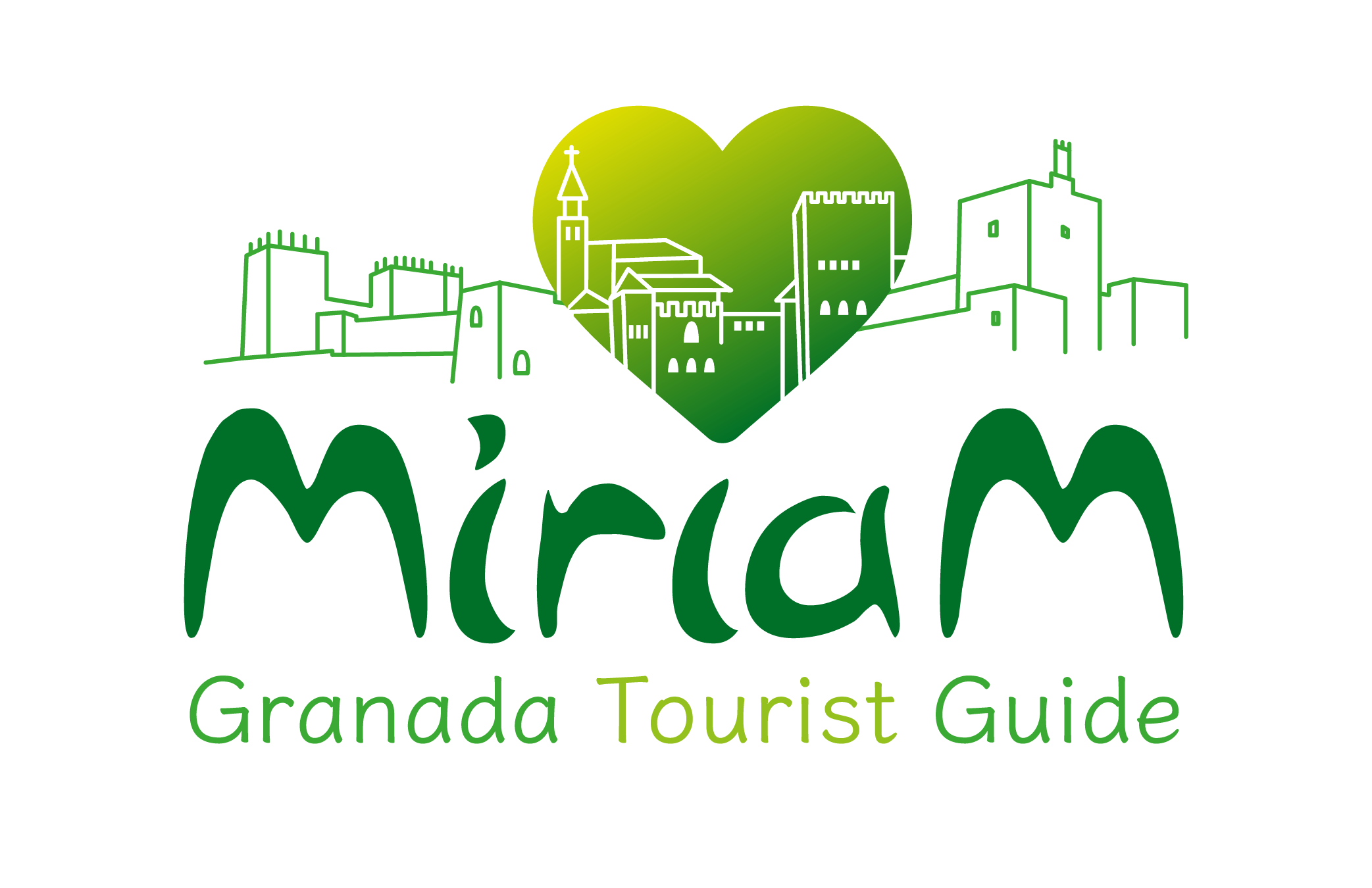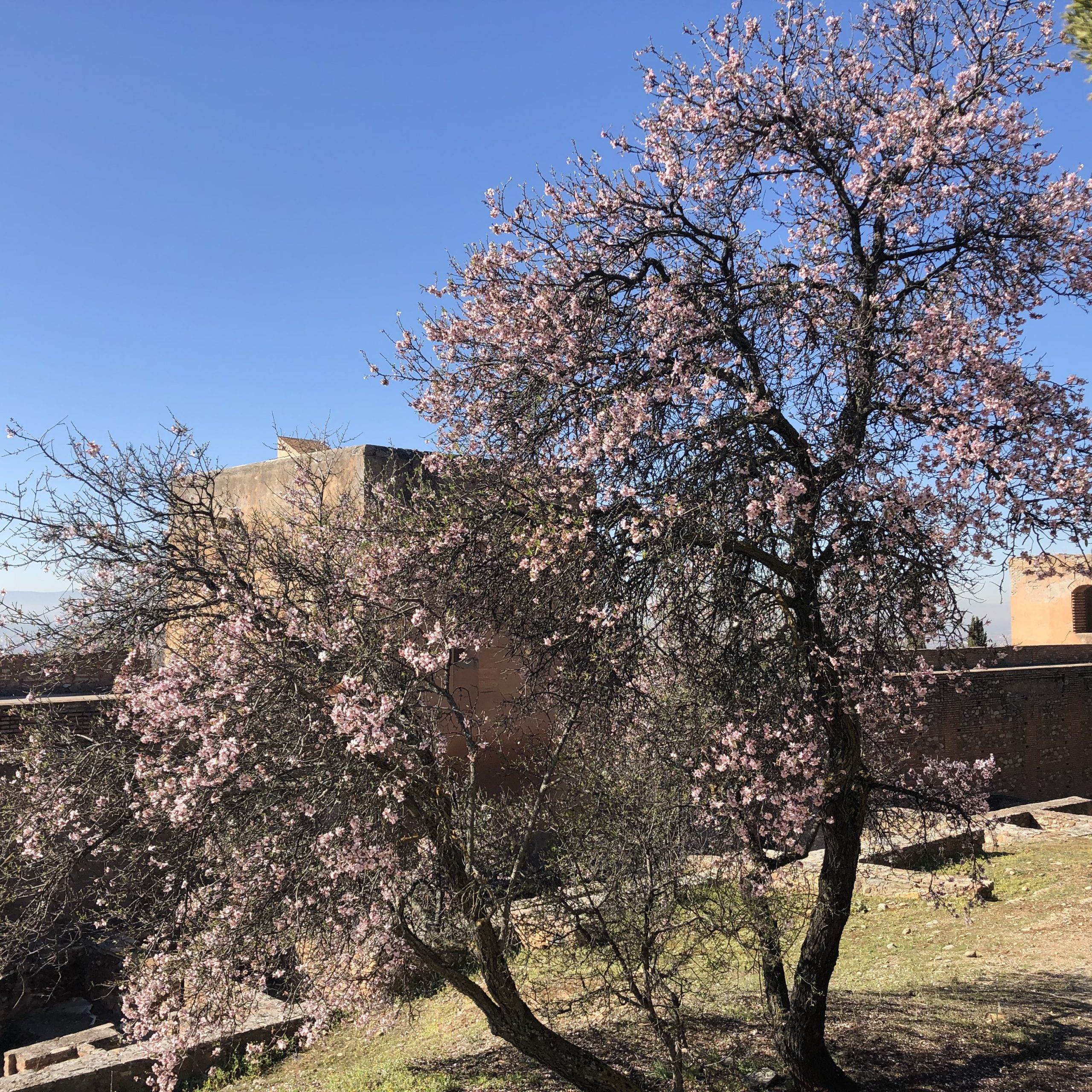Prunus dulcis is the same as almond.
The word Prunus comes from the Latin name for “wild plum”. Dulcis, is from the Latin “dulcis-e”, and means sweet, reffereing to its edible fruit.
The history of growing almonds is almost as long as the history of human civilization. Almonds originated in the mountainous regions of Central Asia.
In Spain it has been cultivated for more than 2.000 years. It is believed that it was introduced by the Phoenicians and later propagated by the Romans. Both did so for trade purposes, as shown by the remains found on sunken ships.
In addition, the Romans used almonds as a regular food in the diet.
Today, they are spread throughout the world, with Spain and the United States being the main producers. Interestingly, the American state of California where almonds are not native is the world’s largest producer of almonds.
Table of Contents
Almond Varieties
The fruit of the almond tree is the almond. There are 2 main varieties: sweet almonds (Prunus dulcis variety dulcis), and bitter almonds (Prunus dulcis variety amara), the first being the preferred kind for its pleasant taste and multiple uses.
Properties and uses
Almonds are very nutritious: they contain polyunsaturated fats Omega 6 as well as Omega 3 oil and are rich in manganesium, phosphorus, potassium, calcium, thiamine and niacin. It is one of the nuts with the highest vitamin E content, a deficient vitamin in our diet which works as a valuable antioxidant, preventing us from aging and suffering degenerative diseases.
Almonds can be eaten toasted as a snack or added to desserts or various dishes. In addition, they are used to elaborate the delicious Christmas delicacy: mazapan.
A fine oil is extracted from the seeds that has multiple uses. The sweet oil is commonly added to moisturizing creams and used in the cosmetic industry. It is an effective treatment for dry skin.
The bitter oil is more typically used in cooking as a flavouring in foods such as pastries, sweets and ice cream.
Depending on the variety of the almond tree its blossoms can last from January to the end of March. When they blossom with their white or sometimes pink flowers they warn us that winter is coming to an end.
This lets us know that good weather is around the corner, meaning the best time to visit the Alhambra & Generalife.




Comment (0)